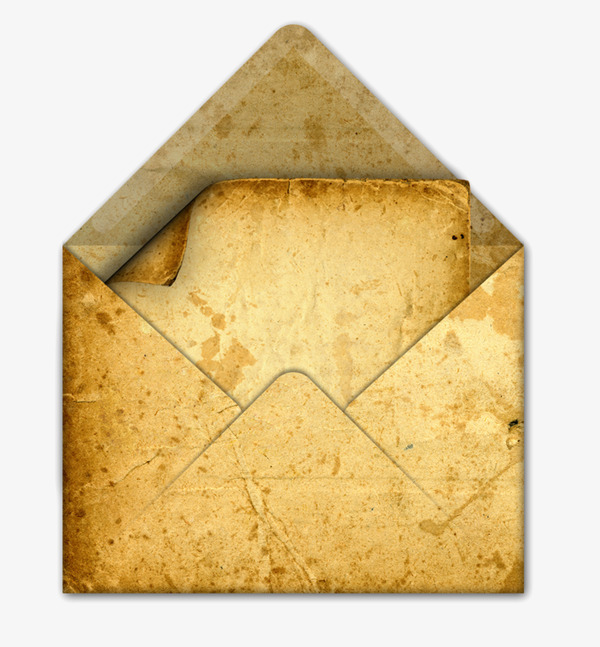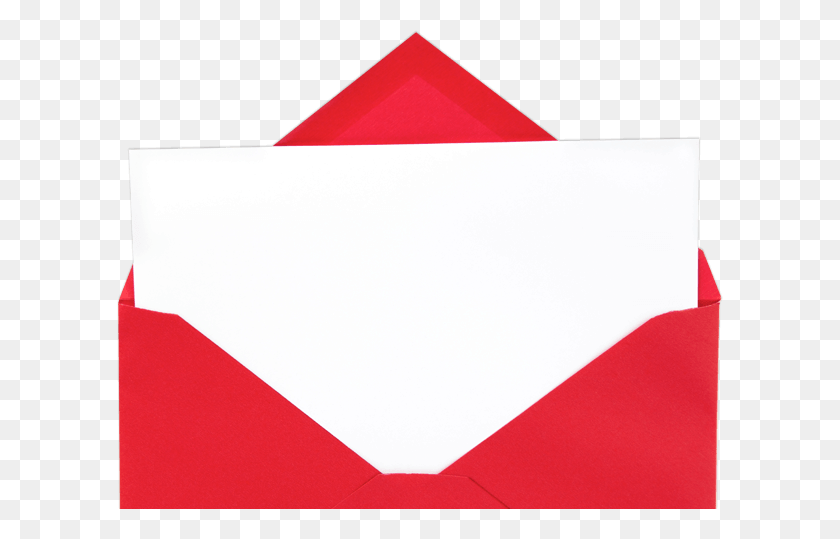
Follow Dave on Twitter.Paper notes in envelopes Stock Illustration by freesoulproduction 4 / 180 Envelope Stock Illustration by yayayoyo 11 / 2,509 vector envelope Clipart by Perysty 3 / 251 White envelopes Clipart by cherezoff 3 / 44 Paper envelope Drawing by rahulred 7 / 374 Envelope with blank letter Drawings by SSilver 48 / 3,031 envelope and postage stamp 2 Stock Illustration by julydfg 2 / 108 tag Clip Art by LadyAqua 2 / 61 Vector Envelopes Drawings by human 6 / 482 White business envelopes Clip Art by oneo 3 / 215 envelopes Drawing by emirsimsek 1 / 53 Mail. Click Print to print your letters or Edit individual letters to further personalize some or all of the letters.Preview your letter and click Next: Complete the merge.Write a short letter and click Next: Preview your letters. Note that the address block and greeting line are surrounded by chevrons (« »).In the Insert Greeting Line dialog box, choose the greeting line format by clicking the drop-down arrows and selecting the options of your choice, and then click OK.Press Enter on your keyboard and click Greeting line.

Clicking Match Fields opens up the Match Fields dialog box, in which you can associate the fields from your list with the fields required by the wizard.

In this demo we will use the current (blank) document. In a blank Microsoft Word document, click on the Mailings tab, and in the Start Mail Merge group, click Start Mail Merge.This feature works the same in all modern versions of Microsoft Word: 2010, 2013, and 2016. Mail merge is also used to create envelopes or labels in bulk. Using Mail Merge, you can easily customize form letters for individual recipients. Mail Merge is most often used to print or email form letters to multiple recipients.
OPEN ENVELOPE CLIPART HOW TO
How to Use Mail Merge in Microsoft Word See Microsoft Word: Tips and Tricks for similar articles.


 0 kommentar(er)
0 kommentar(er)
